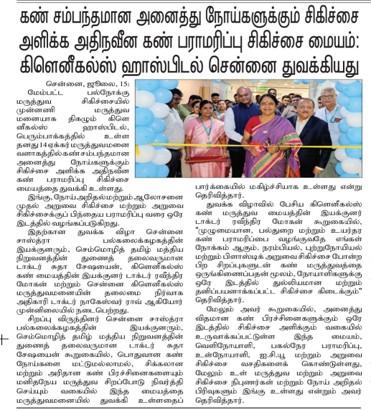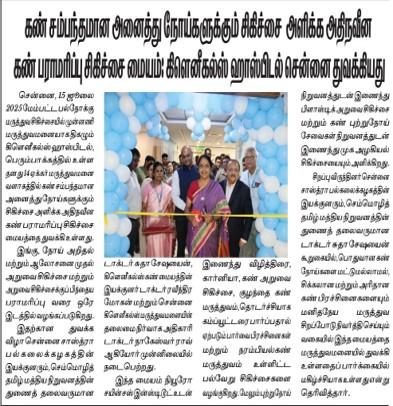Endoscopic spine surgery is an advanced surgical technique that offers a minimally invasive approach to removing discs, bone spurs, and tissue in the back.
It was developed to treat spine problems with less injury to the muscles and other normal structures in the spine. Techniques such as MIS-TLIF, MIS-Decompression, and MIS-Stabilisation lead to less pain and faster recovery after surgery.
It is a spinal surgery that works to relieve pressure on the spine while preserving a patient's range of motion.
Vertebroplasty and kyphoplasty are minimally invasive procedures for treating painful vertebral compression fractures. Stentoplasty is an advanced, minimally invasive procedure that treats vertebral body fractures.
Surgery is necessary to remove fragments of bones, foreign objects, herniated discs, or fractured vertebrae that may compress the spine. Surgery also stabilises the spine and prevents future pain or complications.
A surgical procedure in which two or more vertebrae are anchored to each other through a synthetic "vertebral fixation device" to reduce vertebral mobility and thus avoid possible damage to the spinal cord and/or spinal roots.
During spinal tumour surgery, surgeons resect the spinal tumour and stabilise the spine. Surgeons work together to both stabilise and reconstruct the spine where the tumour was removed.
Cervical spine surgery uses advanced methods to relieve pressure on the spinal cord and the nerve roots in the neck. Cervical disc replacement surgery involves removing a diseased cervical disc and replacing it with an artificial disc.
It is designed to adjust or correct a previous spinal surgery's results.
These surgically implanted devices help manage pain.
We provide comprehensive rehabilitation for patients to recover and return to their regular lives. Our spinal physiotherapists and occupational therapists work with the surgeons to provide optimal care.




















